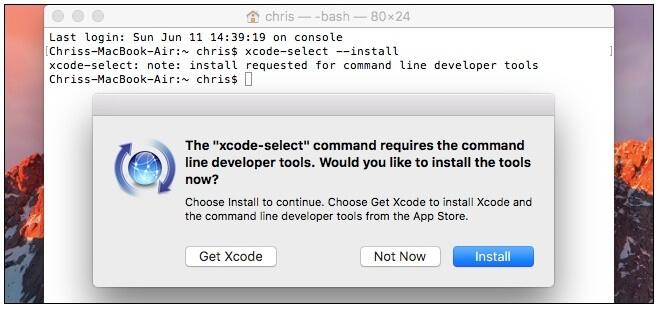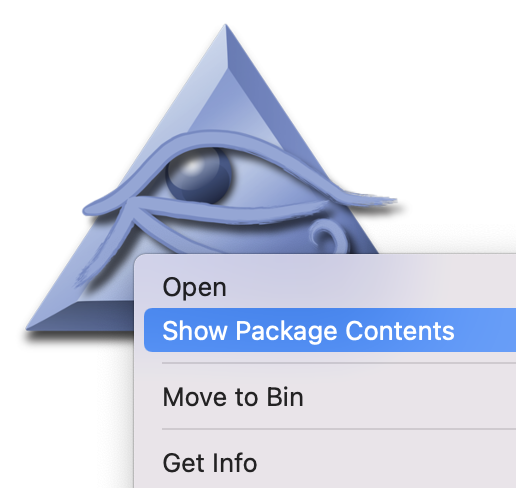
- #Xcode select install how to#
- #Xcode select install for mac os#
- #Xcode select install mac os x#
- #Xcode select install install#
- #Xcode select install software#
#Xcode select install install#
You can now do brew install xyz in the future when a library is needed to support a package.


#Xcode select install software#
Apple does not provide this software with OS X anymore so you have to do it on your own via a third-party application called XQuartz. Some functions in R require an “X11 Server” and/or libraries associated with an X11 server.

#Xcode select install mac os x#
It’ll say something like RStudio 0.99.486 - Mac OS X 10.6+ (64-bit).
#Xcode select install for mac os#
Go to and download the RStudio version for Mac OS X.RStudio is an integrated development environment for R that will make your life and coding easier. Once you’ve verified R is working, quit the app.If that did not work, try installing R again.Double-click it and you should see an R console window.Look in the Applications folder for the R application.Install the package by double-clicking on it and working through the prompts.As of this post, it’s R-3.2.2.pkg and the direct URL is If you’re on a recent version of OS X, download the first.
#Xcode select install how to#
Since this colleague uses OS X, I offered to put together instructions for how to get R & RStudio installed and finally had 5 minutes to crank out a blog post to help the broader community with the information. Hopefully this will becomre a top priority for the R Consortium. Prior to these experiences, I never really stopped to consider just how less friendly the installation process of R is when compared to Excel, Tableau or other apps one might use for data analysis and visualization. I recently had a similar experience helping folks who use Windows get R & RStudio up and running and that’s even more of a nightmare, especially if you do not have Administrator privileges (or, perhaps I just scare easily). They noted that getting up and running with R was not as seamless as one would like it to be and, to be honest, I have to agree, especially after typing the rest of this post out. Luckily, this process is made easy with a single Ionic CLI command.I was in a conversation with an academic colleague (wicked smart dude) and the subject of installing R came up (NOTE: this will happen to you, too, if you ever have the misfortune to have a face-to-face convo with me -). The web assets then must be copied into the native project. With each meaningful change, Ionic apps must be built into web assets before the change can appear on iOS simulators and devices. In this workflow, Xcode can automatically fix common compilation and signing issues that can occur.ĭevelop the Ionic app and sync it to the native project. Given a Development Team, Xcode will attempt to automatically prepare provisioning and signing. In the same project editor, under the Signing section, ensure Automatically manage signing is enabled. Under the Identity section, verify that the Package ID that was set matches the Bundle Identifier. In Project navigator, select the project root to open the project editor. They can be installed globally with npm.įor Cordova, open Xcode. The ios-sim and ios-deploy are utilities that deploy apps to the iOS simulator and iOS devices during development. This section is not necessary for Capacitor. Create an iPhone 11 simulator if one does not already exist.Īdditional setup is required for Cordova to support programmatic builds. Open Xcode and navigate to Window » Devices and Simulators. For more information, see Apple's documentation.

The following documentation is a quick way to get the iOS simulator set up. The iOS simulator emulates iOS devices on Macs. Once logged in, a Personal Team will appear in the team list of the Apple ID. Open Xcode and navigate to Xcode » Preferences » Accounts. Luckily, Xcode makes this easy with automatic code signing. All iOS apps must be code signed, even for development.


 0 kommentar(er)
0 kommentar(er)
